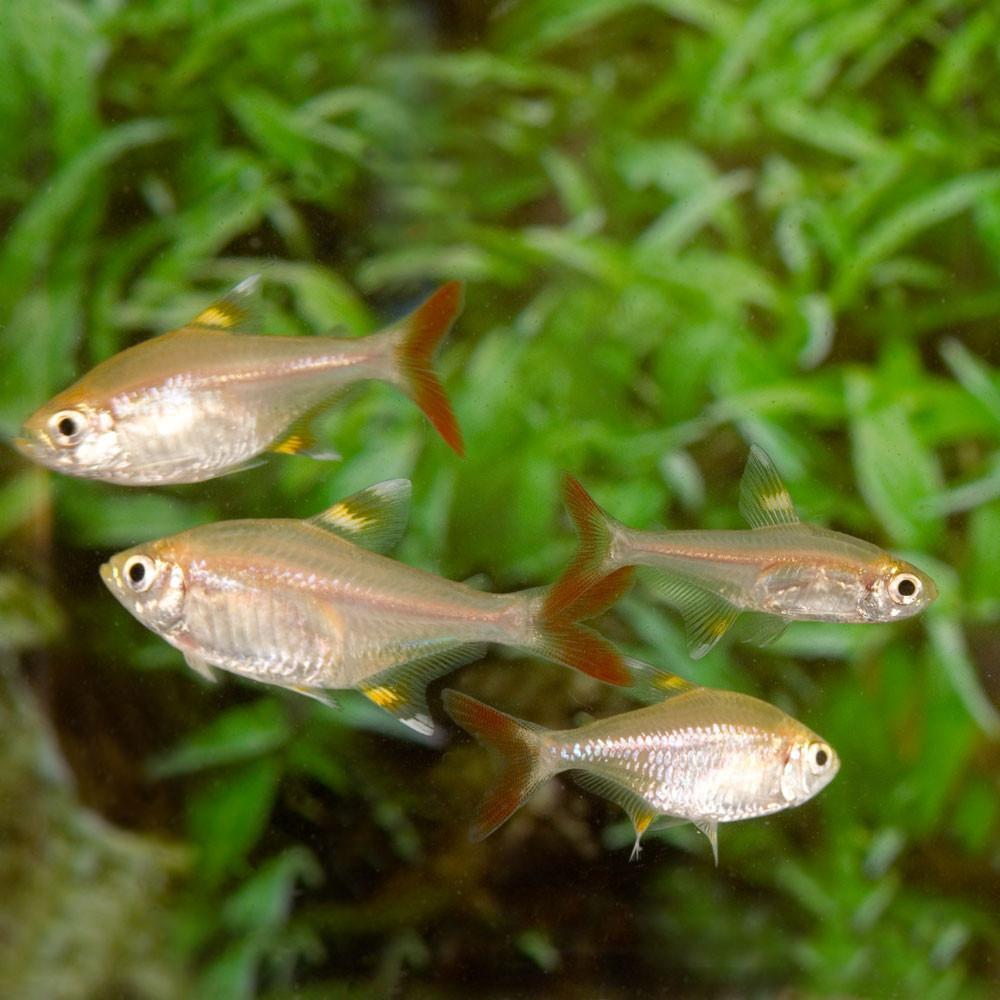

That will make it easy to check in on the water conditions and make any necessary adjustments before the health of your x-ray tetra is negatively affected. pH levels: 5.8 to 8.5 (Between 6.0 to 7.5 is ideal)Īuthor Note: Make sure you invest in a reliable and accurate water test kit for your aquarium.Water temperature: 64☏ to 82☏ (aim for around 75 degrees).The key is to stick within the accepted parameters and avoid sudden fluctuations. Pristella tetras thrive in a broad range of conditions. They migrate to flooded savannahs, which are filled with dissolved minerals, decaying plants, and more.įor this reason, water hardness is not a critical factor like it would be with most fish. During the rainy season, these fish move inland to waters with virtually no salinity. That said, you don’t have to worry about salinity in a closed freshwater tank. They come from coastal rivers that aren’t entirely freshwater. Unlike most tetras, x-ray tetras can handle somewhat brackish waters. In the wild, these fish live exciting lives. Plus, a larger tank can make managing the bioload much easier. Providing more room to roam can help keep them stress-free and happy. These freshwater fish are playful and active. While they might be small individually, you have to accommodate a group of at least six (more on that later).Īuthor Note: Because of this, extra room is always preferred. They tend to stick together and explore their environment as one larger unit. Pristella tetras are active schooling fish. However, we recommend bumping that minimum up to 15 to 20 gallons if possible. Here are some essential tips you don’t want to miss! Tank SizeĪ small group of pristella tetras needs a tank size of at least 10 gallons to stay healthy. They’re built to withstand changing conditions, making them a hardy and resilient tank inhabitant.Īs always, there are some established guidelines you need to follow if you want these freshwater fish to thrive. Pristella tetra care is very straightforward (as long as you understand their core needs). They prefer to stay in groups, allowing you to keep a nice shoal for a beautiful display. Thanks to their small size, these fish work well in moderately sized tanks (some even use them as nano fish). Many fish won’t even get to the upper end of the size spectrum, staying closer to 1.75 inches when fully grown. The average size of adults can reach lengths of about two inches at most. Like many other species in the tetra family, pristella tetras are small.

Also, purchasing your pristella tetra from a trustworthy seller can improve your chances as well. This will result in stress-free living, which makes the fish less susceptible to serious health problems. Far too many factors come into play.Īuthor Note: As always though, good care can make a big difference. There are no ways to precisely determine a fish’s life expectancy. With the proper diet and top-notch living conditions, you can expect the typical lifespan of a pristella tetra to be between four to five years. You can also see their eggs develop when they spawn, making it easy to distinguish between the sexes. Generally, females are stockier than males. They have some girth around the midsection. You might also see a tinge of yellow at the caudal fork.Īuthor Note: Pristella tetras are deep-bodied tetras. The intensity of the red varies from one fish to the next. In addition to the eye-catching stripes, pristella tetras have red or pinkish tailfins. The yellow stripe is closest to the body, while the black one is in the middle. You might see the fish marketed as the x-ray tetra or x-ray pristella tetra thanks to this unique trait.īeyond the see-through body, the most stand-out feature is the coloration on the fins! The dorsal and anal fins feature three stripes of vibrant yellow, staunch black, and crisp white. They still have some identifiable color and sheen, but they’re clear enough to see their organs as they swim.

The fish’s main body is silvery and nearly transparent. These fish are distinct and have several features that make them stand out. There’s no way to mistake pristella tetras for another species.

Peaceful, low-maintenance, and resilient, pristella tetras make an excellent choice for new and seasoned aquarists alike. However, most of the specimens you see for sale are commercially bred. In the wild, you can find these fish in Brazil, Guyana, Orinoco, and Venezuela. Interestingly enough, it’s the only member of the pristella genus. The pristella tetra is part of the characidae family.


 0 kommentar(er)
0 kommentar(er)
